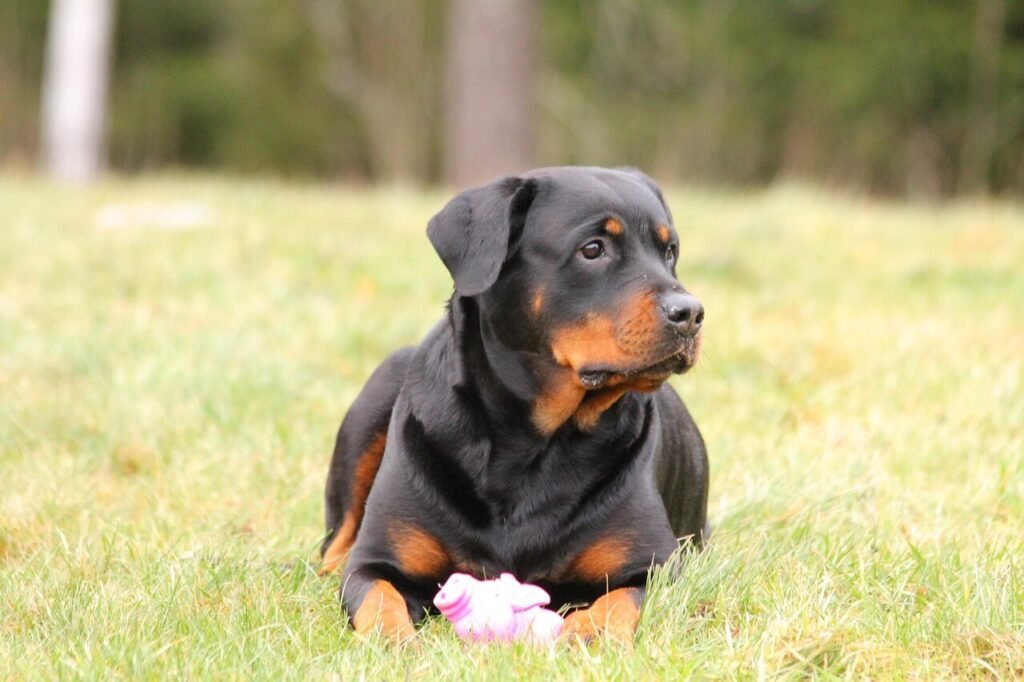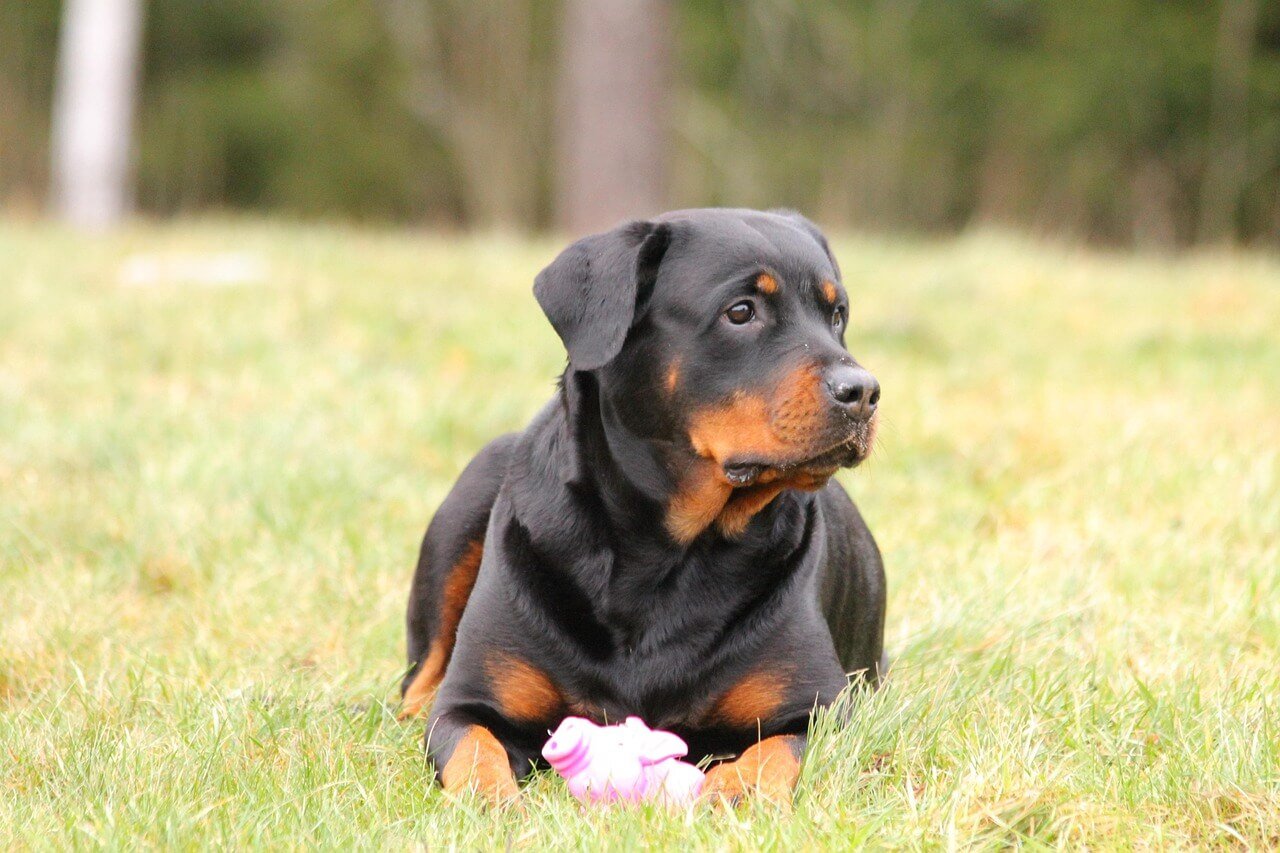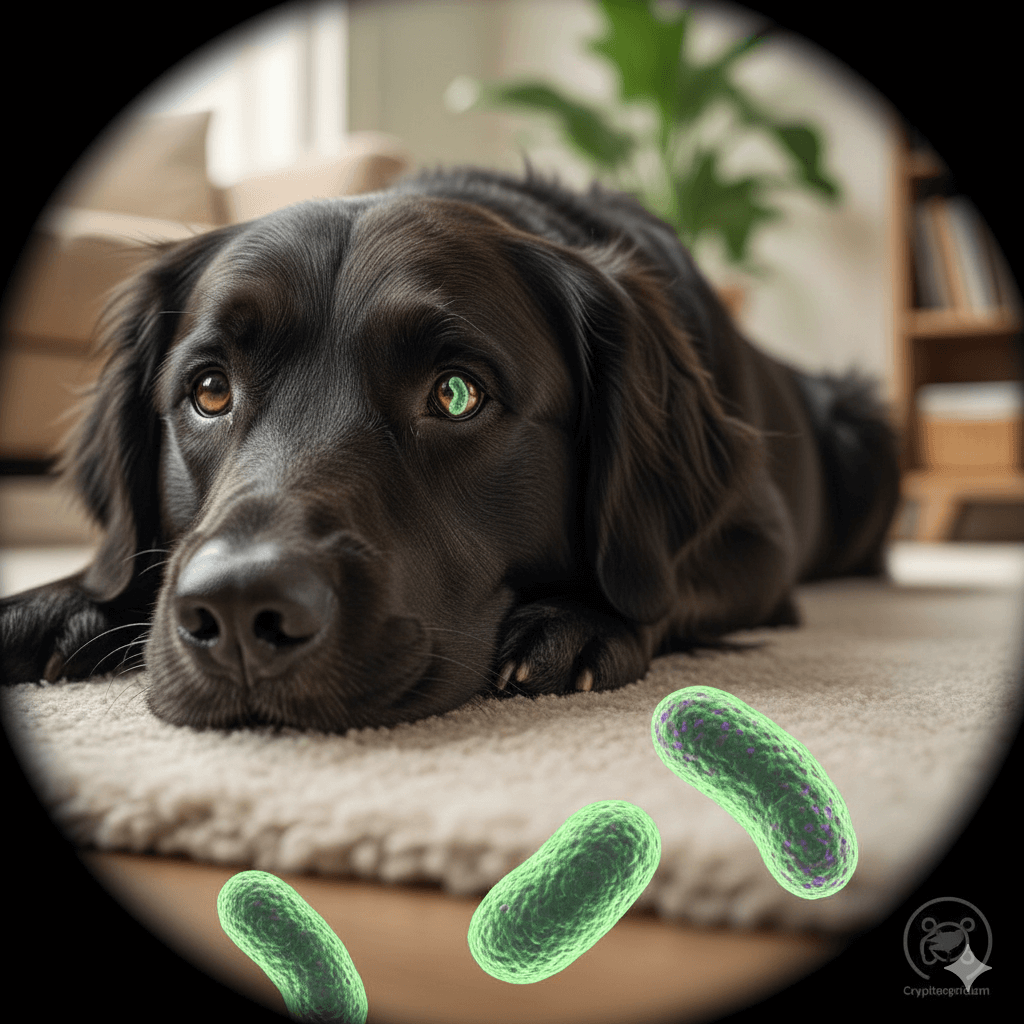Why Does My Dog Kick After Peeing? Decoding This Quirky Behavior
Have you ever noticed your furry friend engaging in a little “happy dance” after they’ve relieved themselves? You’re not alone. Many dog owners have observed this peculiar behavior where their dogs kick the ground with their back legs after peeing. While it might seem like nothing more than an adorable quirk, there’s actually a fascinating explanation behind it. In this blog post, we’ll explore why dogs engage in this behavior, what it means, and how it ties into their natural instincts. So, grab a cup of coffee (or tea!) and let’s dive into the world of canine communication!
Understanding the Science Behind the Kicking: A Look at Canine Instincts
Dogs are complex creatures with behaviors deeply rooted in their evolutionary history. The kicking motion after peeing is no exception. Below, we break down the key reasons why your dog might be doing this quirky little routine:
Marking Territory:
One of the most common explanations for this behavior is that dogs are marking their territory. By kicking the ground after peeing, they are spreading their scent further, reinforcing their claim over a particular area.Scent Glands in Paws:
Dogs have scent glands located in their paws. When they scratch the ground, these glands release additional pheromones, amplifying the message they want to leave behind.Communication with Other Dogs:
The act of kicking serves as a form of non-verbal communication. It tells other dogs who has been in the area and establishes social hierarchies.A Habit from Wild Ancestors:
This behavior can be traced back to wolves and wild dogs, who used similar actions to mark trails or signal to pack members.A Show of Confidence:
Some dogs may kick simply because they feel proud or dominant after marking their territory, adding a playful flair to their routine.
In conclusion, this behavior is far more than just a random action—it’s a window into your dog’s primal instincts and social dynamics. Understanding it can deepen your bond with your pet and help you appreciate their unique personality even more.
Is Kicking After Peeing Normal? Signs Your Dog Is Healthy
If you’re wondering whether this behavior is normal or if it indicates an underlying issue, rest assured that it’s typically harmless. However, there are a few things to keep in mind to ensure your dog’s well-being. Here’s what you need to know:
It’s a Natural Instinct:
Most dogs exhibit this behavior naturally, especially males, but females may also do it occasionally. It’s part of their genetic makeup.No Signs of Discomfort:
If your dog seems relaxed and happy while kicking, there’s likely no cause for concern. They’re simply expressing themselves.Check for Excessive Behavior:
If your dog suddenly starts kicking excessively or appears agitated, it could indicate stress or anxiety. Monitor their overall demeanor closely.Rule Out Medical Issues:
In rare cases, frequent kicking might be linked to skin irritation or allergies. Ensure their paws are healthy and free from redness or swelling.Consistency Matters:
Consistent behavior is usually a good sign. Sudden changes in how often or intensely your dog kicks could warrant a visit to the vet.
To sum up, kicking after peeing is generally a normal and healthy behavior. As long as your dog isn’t showing signs of distress or physical discomfort, you can enjoy watching them embrace their inner wild spirit.
Check this guide 👉Why Are Dogs Destructive When Left Alone? Best 7 Tips!
Check this guide 👉Why Does My Dog Sleep on My Head? Best 7 Behavior Tips!
Check this guide 👉Why Does My Dog Eat Snow? Best 7 Behavior Tips!

Reasons for Kicking After Peeing | What You Can Do About It |
|---|---|
Marking territory | Provide designated areas for marking |
Releasing scent from paw glands | Encourage positive reinforcement |
Communicating with other dogs | Socialize your dog regularly |
Showing confidence | Reward calm behavior |
Following ancestral instincts | Embrace and understand the behavior |
How to Manage or Redirect This Behavior: Practical Tips for Dog Owners
While kicking after peeing is natural, some owners may find it disruptive or messy. Fortunately, there are ways to manage or redirect this behavior without suppressing your dog’s instincts. Here are some practical tips:
Provide Designated Marking Spots:
Create specific areas in your yard where your dog can freely mark their territory. This helps contain the behavior within limits.Use Positive Reinforcement:
Reward your dog with treats or praise when they finish their business without excessive kicking. This encourages good habits.Engage in Playtime Distractions:
Immediately engage your dog in play or another activity after they pee. This redirects their energy away from kicking.Train Alternative Behaviors:
Teach your dog commands like “settle” or “leave it” to gently interrupt the kicking motion if needed.Maintain Paw Health:
Regularly check your dog’s paws for dirt, debris, or injuries. Keeping them clean ensures the behavior remains safe and hygienic.
Ultimately, managing this behavior requires patience and understanding. With consistent training and care, you can strike a balance between respecting your dog’s instincts and maintaining household harmony.
Fun Facts About Dog Kicking Behavior: Did You Know?
The kicking phenomenon goes beyond basic instinct—it’s packed with fascinating trivia! Here are some fun facts about why dogs kick after peeing:
Pheromone Powerhouses:
The scent glands in a dog’s paws emit powerful pheromones that convey detailed information to other dogs, such as age, gender, and mood.Gender Differences:
Male dogs are more likely to kick vigorously compared to females, possibly due to stronger territorial instincts.Cultural Variations:
Not all dogs exhibit this behavior equally; cultural breeding practices and individual personalities play a role in its prevalence.Evolutionary Survival Tool:
In the wild, kicking helped ancestors cover their tracks and confuse predators by scattering scents.Expressive Personalities:
Some dogs add extra flair to their kicks, turning it into a full-blown performance. This shows off their unique character!
These intriguing tidbits highlight how much there is to learn about our four-legged companions. Next time you see your dog kick, take a moment to marvel at their incredible instincts and charm.
The Role of Environment in Kicking Behavior
Your dog’s environment plays a significant role in shaping their behaviors, including kicking after peeing. Whether they’re indoors, outdoors, or interacting with other dogs, these factors can influence how often and intensely they engage in this action. Here are some environmental considerations:
Outdoor Spaces Trigger Stronger Instincts:
Dogs tend to kick more frequently in open outdoor areas because these environments mimic their ancestral habitats, encouraging natural marking behaviors.Presence of Other Dogs Amplifies Kicking:
When your dog senses the scent of other dogs nearby, they may kick more vigorously to assert dominance or communicate their presence.Familiar vs. Unfamiliar Locations:
In unfamiliar places, dogs are more likely to kick as a way to establish familiarity and leave their mark for future reference.Urban Settings May Reduce Frequency:
Dogs living in urban areas with limited outdoor space might exhibit less kicking due to fewer opportunities to engage in territorial behaviors.Indoor Potty Training Changes Dynamics:
For dogs trained to use indoor pads or litter boxes, kicking behavior may decrease since they don’t have access to natural surfaces like grass or dirt.
In conclusion, understanding how your dog’s surroundings impact their kicking habits can help you anticipate and manage this behavior more effectively.
Breeds and Their Unique Kicking Styles
Not all dogs kick the same way after peeing—some breeds have distinct styles influenced by their genetics and physical traits. Observing these differences can be both entertaining and insightful. Below are examples of how breed characteristics shape kicking behavior:
Large Breeds Tend to Kick More Powerfully:
Larger dogs, like German Shepherds or Labrador Retrievers, often display more forceful kicks due to their size and strength.Small Breeds May Exhibit Subtle Movements:
Smaller breeds, such as Chihuahuas or Dachshunds, might perform gentler kicks that are harder to notice but still serve the same purpose.Scent Hounds Are More Likely to Kick:
Breeds like Beagles or Basset Hounds, known for their strong sense of smell, are particularly inclined to spread scents through kicking.Herding Dogs Focus Less on Kicking:
Herding breeds, such as Border Collies, prioritize movement over stationary behaviors like kicking, making it less common in these dogs.Terriers Have Playful Variations:
Terrier breeds, including Jack Russells, often incorporate playful spins or hops into their kicking routines, adding flair to their actions.
Ultimately, recognizing your dog’s breed-specific tendencies can deepen your appreciation for their individuality and provide insight into their behavioral patterns.
Emotional Factors Influencing Kicking Behavior
A dog’s emotional state can also influence whether and how they kick after peeing. Just like humans, dogs express their feelings through body language and actions. Here’s how emotions play a role in this quirky habit:
Excitement Leads to Exaggerated Kicks:
When your dog is thrilled or energetic, their kicks might become more exaggerated, reflecting their heightened mood.Anxiety Can Trigger Increased Kicking:
Nervous or anxious dogs may kick more often as a way to self-soothe or assert control over their environment.Confidence Results in Bold Movements:
Confident dogs tend to kick with purpose, using the motion to showcase their dominance or pride.Stress May Suppress the Behavior:
Highly stressed dogs might skip kicking altogether, focusing instead on retreating to safety quickly.Playfulness Adds Creative Twists:
Happy-go-lucky dogs might turn their kicks into mini dance routines, hopping or spinning for added fun.
To wrap up, paying attention to your dog’s emotional cues during and after kicking can offer valuable clues about their mental well-being and overall happiness.
Frequently Asked Questions About Dogs Kicking After Peeing
Why does my dog kick only sometimes?
Dogs may kick selectively based on factors like location, familiarity, or the presence of other animals. It depends on their mood and environment.
Should I stop my dog from kicking?
Unless it’s causing harm or distress, it’s best to let them express this natural behavior. Suppressing it could lead to frustration.
Do all dogs kick after peeing?
No, not all dogs exhibit this behavior. It varies depending on breed, personality, and upbringing.
Could kicking indicate health problems?
Rarely. If accompanied by limping, licking, or visible discomfort, consult a veterinarian to rule out medical issues.
How can I train my dog to minimize kicking?
Use positive reinforcement techniques to reward alternative behaviors, such as sitting quietly after peeing.
Embracing Your Dog’s Unique Personality: Final Thoughts
At the end of the day, every dog is different, and their quirks make them special. Whether your pup engages in enthusiastic kicking after peeing or skips it altogether, these behaviors remind us of the rich tapestry of instincts and emotions that define our beloved companions. By taking the time to understand why dogs kick after peeing, we gain valuable insights into their world—and strengthen the bond we share with them. So next time you catch your dog mid-kick, smile knowing it’s just one more way they communicate and express themselves. After all, isn’t that what makes life with dogs so rewarding?
Understanding Cryptosporidium in Cats: Best 7 Expert Tips! – Spot symptoms, treat safely, and stop parasite spread in your home.
Understanding Cryptosporidium in Dogs: Best 7 Expert Tips! – Learn symptoms, treatment & prevention for this stubborn gut parasite.
Understanding Syringomyelia in Cats: Best 7 Expert Tips! – Recognize signs, manage pain, and support your cat’s neurological health with vet-backed guidance.
Understanding Syringomyelia in Dogs: Best 7 Expert Tips! – Expert insights on symptoms, MRI diagnosis, pain management & quality of life.





